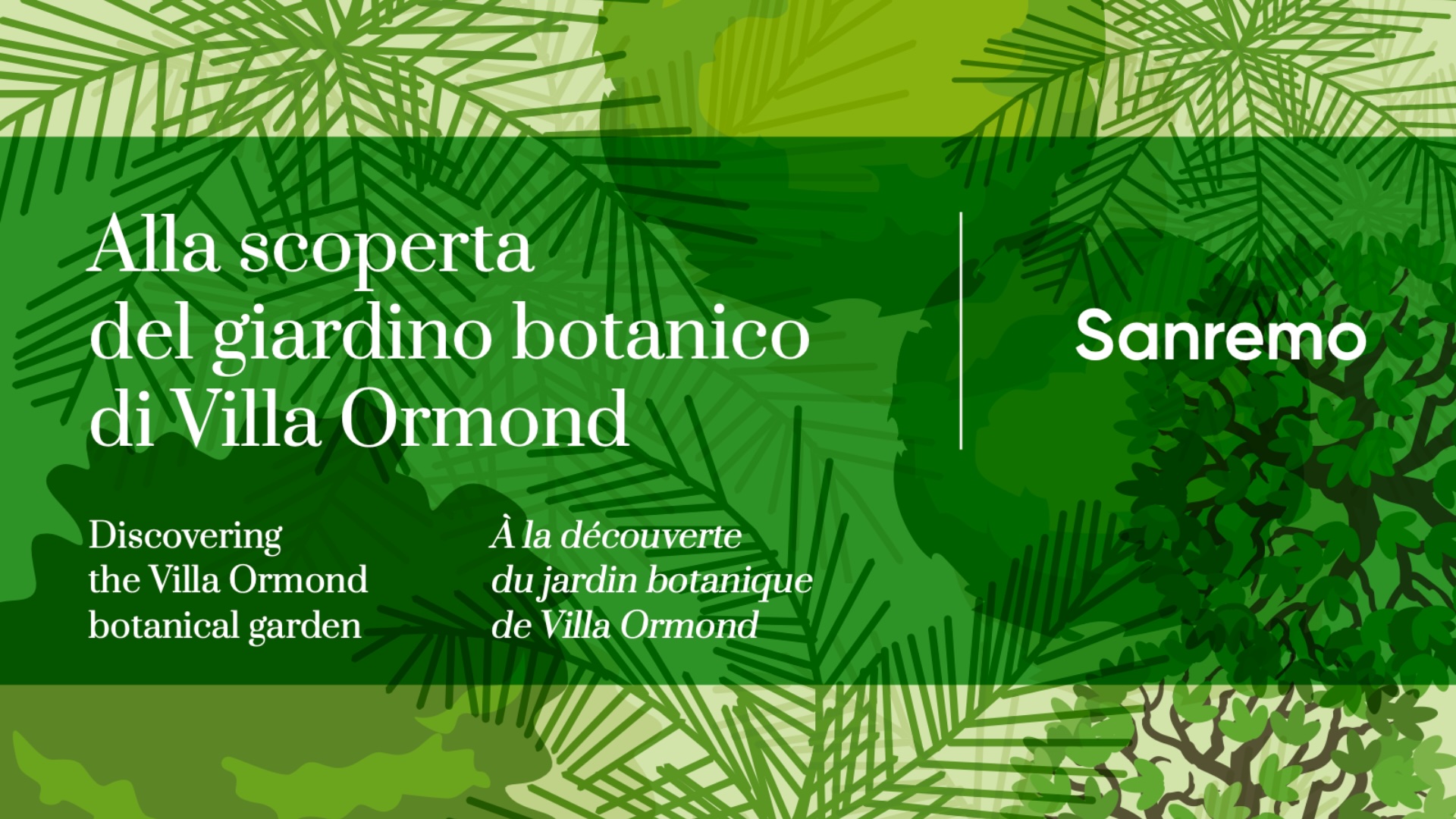The generic term Jubaea was given in honour of King Juba II, king of Mauritania who died in 23 B.C., a historian and good observer of nature. The specific term chilensis is in relation to the place of ‘origin, Chile. Genus monospecific.
| Common Name |
Chilean coconut, honey palm, wine palm |
| Origin | This is the last palm to be encountered descending the American continent, between 33º and 35º south latitude, where it grows in the mountains of Chile. |
| Description | Majestic palm, solitary stipe that can exceed 10 meters, wrinkled, greay in colour, bearing markedly the mark of old leaves. The latter are pinnate, with reduplicate pinnules, arched in younger individuals, becoming stiffer and leathery in the adult state. A monoecious palm, it produces a 1.50 m peduncular bract, fairly broad, that lets out a very compact inflorescence, the branches of which bear a multitude of beautiful deep purple flowers. The fruits are the size of an apricot and similar to a miniature coconut. The flesh is sweet and does not adhere to the seed. Almost all parts of the palm have both domestic and food uses. The pulp of the fruit can be eaten fresh, but it is mostly distilled to make aquavit. The seed, whose edible kernel resembles the coconut, contains an oil obtained by pressure. Fiber can be extracted from the rachis and pinnulae for cordage manufacture. The greatest interest is in the extraction of palm honey, highly prized by Chileans. The honey is obtained by taking the sugary sap that drips from the palms, after making an incision in the capitulum. This is an ancestral practice, very invasive, requiring daily wound renewal to ensure continuous lymph flow. Honey is obtained through a thickening heat treatment. Through a fermentation process, an alcoholic beverage can also be obtained. Overexploitation and habitat destruction have put this species at risk of extinction. The Jubaea present in the garden were placed in 1999. The first specimens in San Remo are documented from 1882. |

